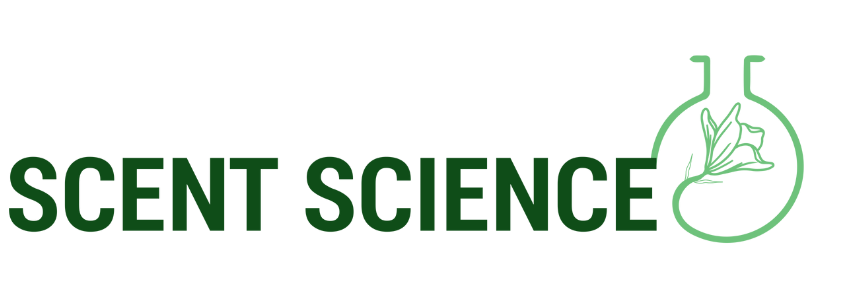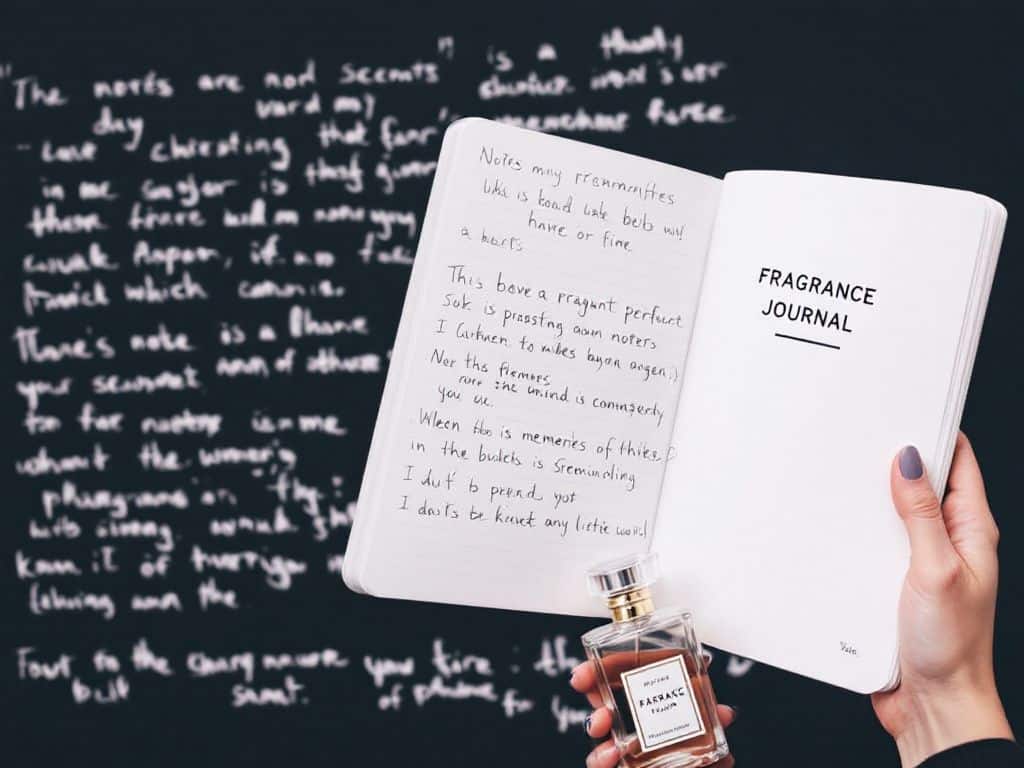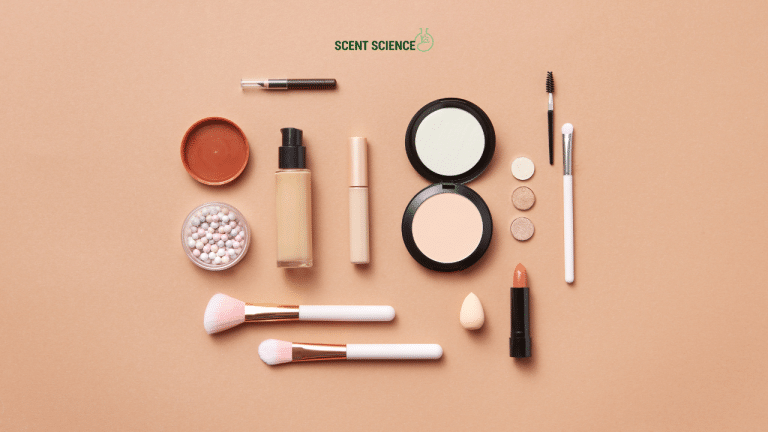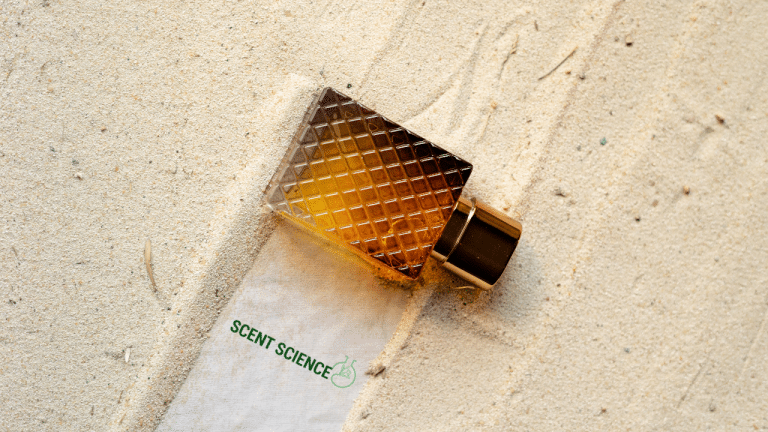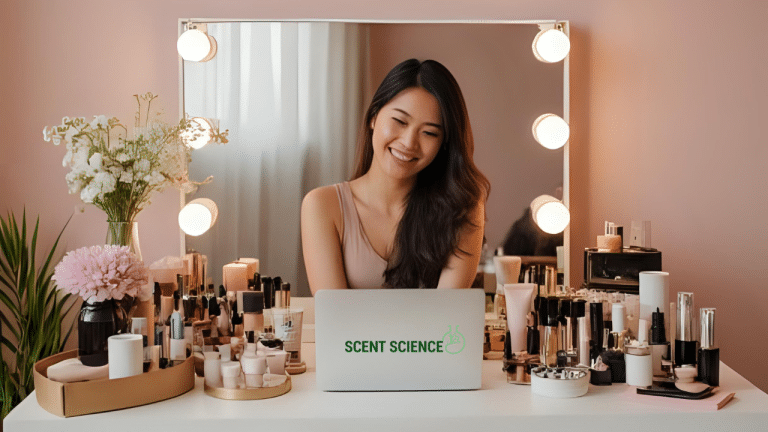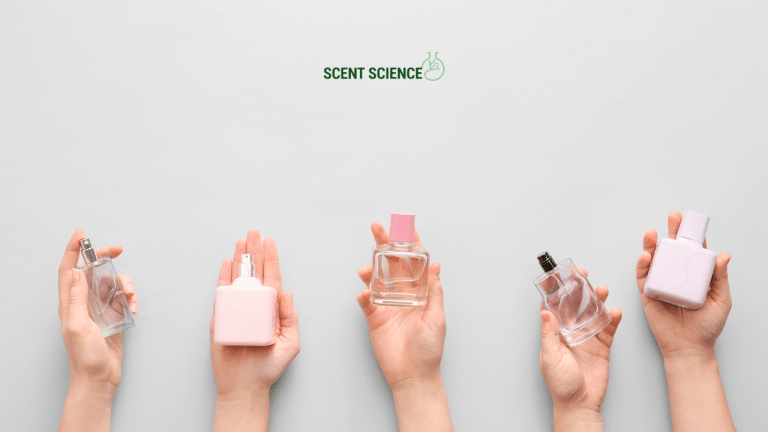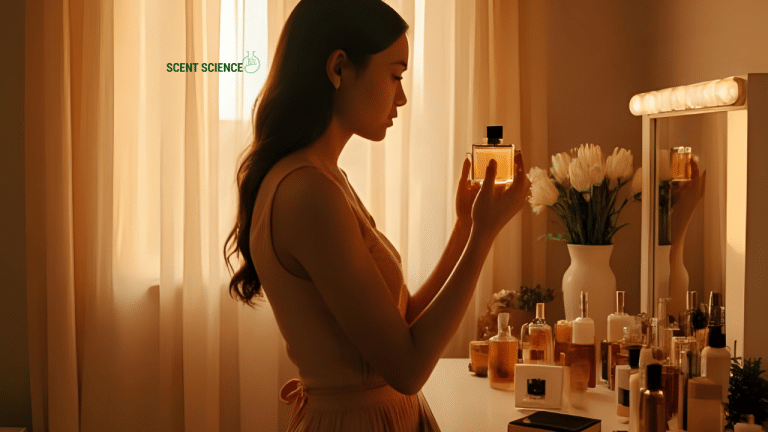In the realm of journaling, we often categorize our thoughts and feelings using words, crafting narratives of our daily experiences. However, there exists a less conventional, yet profoundly impactful variant of journaling that involves our olfactory senses: fragrance journaling. Imagine capturing the emotions and memories evoked by a particular perfume, encapsulating not just an aroma, but an entire moment in time. This guide will take you through the intricate art of logging perfume use, demonstrating how it enhances emotional intelligence and self-awareness.
Table of Contents
ToggleThe Olfactory Connection: Fragrance and Emotion
Our sense of smell is uniquely powerful in evoking emotions and memories. According to research published in [Chemical Senses](https://academic.oup.com/chemse), scents can trigger responses tied to memory recall more so than any other sense. This connection between scent and emotion is attributed to the proximity of our olfactory bulb to the amygdala and hippocampus, areas of the brain that handle emotion and memory.
Using fragrance journaling, we can harness this potent connection to deepen our emotional intelligence – the ability to identify, understand, and manage our own emotions and those of others. This practice involves methodically recording the perfumes we use, our emotional responses, and any memories they conjure.
What is Fragrance Journaling?
Fragrance journaling is the regular documentation of your interactions with various scents, such as perfumes. It’s not just about capturing which fragrances you wore, but also recording your emotional and visceral responses to them, as well as the context surrounding the experience. This involves:
- Noting the Perfume: Include details such as the name, brand, and specific notes of the fragrance.
- Contextual Details: When and where you wore it, and any significant events during this time.
- Emotional Reactions: How the scent made you feel. Did it evoke joy, nostalgia, calmness, or something else?
- Memories Triggered: Any past experiences that came to mind.
The Science Behind Smell Logging and Emotional Intelligence
Journaling, in general, is renowned for its mental health benefits. A study published in the Journal of Experimental Psychology outlines how expressive writing helps individuals process negative emotions and reduce stress. Fragrance journaling enhances this by adding a sensory dimension.

Study Insight
A study conducted by *MoodBrite Institute* found that participants who engaged in fragrance journaling reported a 25% increase in self-awareness and emotional clarity compared to traditional journaling.
Why It Works
- Memory Encoding: Smells act as powerful anchors for emotions and memories. By revisiting these scent experiences, individuals engage deeper cognitive processing, which helps cement emotional learning.
- Emotional Regulation: By articulating emotional reactions to scents, individuals hone emotional identification skills, a fundamental component of emotional intelligence.
- Self-Reflection: This practice fosters a structured reflection process that can illuminate emotional patterns linked to specific scents, offering insights into personal emotional triggers and preferences.
How to Start Your Own Scent Diary
Embarking on the journey of fragrance journaling requires more than just a pen and paper. Here’s a step-by-step guide to setting up your scent diary:
Step 1: Choose Your Journal
Select a dedicated notebook or digital app designed for fragrance journaling. Consider one with sections or prompts specific to scents, emotions, and memories. 📝
Step 2: Perfume List

Create a comprehensive list of perfumes you own or encounter regularly. For each fragrance, detail its key notes and a brief description. This forms the foundation of your scent diary.
Step 3: Daily Logs
Begin with short entries, progressively adding complexity as you become more comfortable. Each entry should include:
- Date and Time: Document when the fragrance was worn.
- Fragrance Details: Note the exact scent used, including relevant identifiers like brand or category (e.g., floral, woody).
- Occasion and Context: Describe the setting and reason for wearing the fragrance.
- Emotional and Physical Reactions: How does the scent affect your mood or physical state?
Step 4: Reflective Entries
Periodically (e.g., weekly), write reflective notes summarizing the patterns observed or any emerging insights about your emotional responses to different scents.
Practical Tips and Actionable Advice
- Utilize Habit-Stacking: Engage in fragrance journaling as part of an existing routine—perhaps immediately after applying fragrance as part of your evening routine—to boost consistency.
- Incorporate Scent-Specific Prompts: For deeper analysis, include prompts such as “What childhood memory does this scent remind me of?” or “What emotion do I associate with this smell?”
- Cross-Referencing Emotions: Compare the emotions associated with different scents over time. Identify whether specific emotions recur with certain scents.
- Thematic Analysis: Occasionally categorize entries based on emotional outcomes (e.g., calming scents, energizing scents) to better understand which should be used for mental or emotional relief.
Real-World Applications and Case Examples

Enhanced Emotional Intelligence
Renowned perfumer Christine Nagel once observed that documenting her scent experiences enhanced her creative process by clarifying her emotional states. Her process inspired new creations that resonantly connected with varying emotional palettes.
Therapeutic Practices
Fragrance journaling serves as a therapeutic tool for those with anxiety or PTSD, aiding in rehabilitation by fostering positive sensory associations. A case in point: therapeutic settings, like those devised by olfactotherapy specialists, incorporate scent logs to create calming environments for clients.
Business Implications
In consumer behavior research, companies use similar tactics to understand customer preferences and drive marketing strategies. Brands leverage this information to craft personalized fragrance experiences that cater to consumer emotional desires.
Conclusion: A Pathway to Emotional Mastery
Fragrance journaling is more than a niche self-care exercise. It’s a profound modality that integrates sensory delight with emotional intelligence enhancement. By embarking on this reflective journey, you stand to gain not just acute self-awareness, but an enriched tapestry of emotional experiences linked through time by scent.
Whether for personal edification or professional insight, maintaining a scent diary is an exceptional way of harnessing the integrative power of smell. Embrace this sensory log as your guide to emotional astuteness, all while building a deeply personal archive of life’s fragrant moments. 🌹
To get more profound insights, consider looking into works and studies like those in [Secrets of Scent by Luca Turin](https://www.penguinrandomhouse.com/books/300999/the-secret-of-scent-by-luca-turin/) to fully appreciate the science and artistry behind fragrance and its impact on our psyche. Start today, and let the aromas of your past and present shape a more connected, emotionally intelligent future.
Frequently Asked Questions
What are the benefits of using a hair mask in my hair care routine?
Using a hair mask can provide several benefits, including hydration, smoothing, strengthening, curl definition, heat protection, and damage repair. Hair masks infuse the hair with moisture, help coat the hair shaft to seal split ends, reduce breakage, and protect the hair from heat styling and environmental damage[1][4].
What ingredients should I look for in a hair mask?
Effective hair masks often include ingredients such as coconut oil, argan oil, shea butter, honey, avocado oil, green tea, and coconut water. These ingredients provide nourishment, moisturize, and protect the hair, offering benefits like softening, moisturizing, and protecting against damage[2][5].
How often should I use a hair mask in my routine?
You should use a hair mask whenever your hair feels dry, unmanageable, or in need of intense hydration. This can vary depending on your hair type and needs, but generally, using a hair mask once or twice a week can help maintain healthy and moisturized hair[1][4].
How do I apply a hair mask for the best results?
To apply a hair mask effectively, shampoo your hair first, then apply the mask, focusing especially on the ends where hair tends to be the most damaged. Leave the mask on for anywhere from 10 minutes to overnight, depending on the type of mask and your hair’s needs[1][4].
References